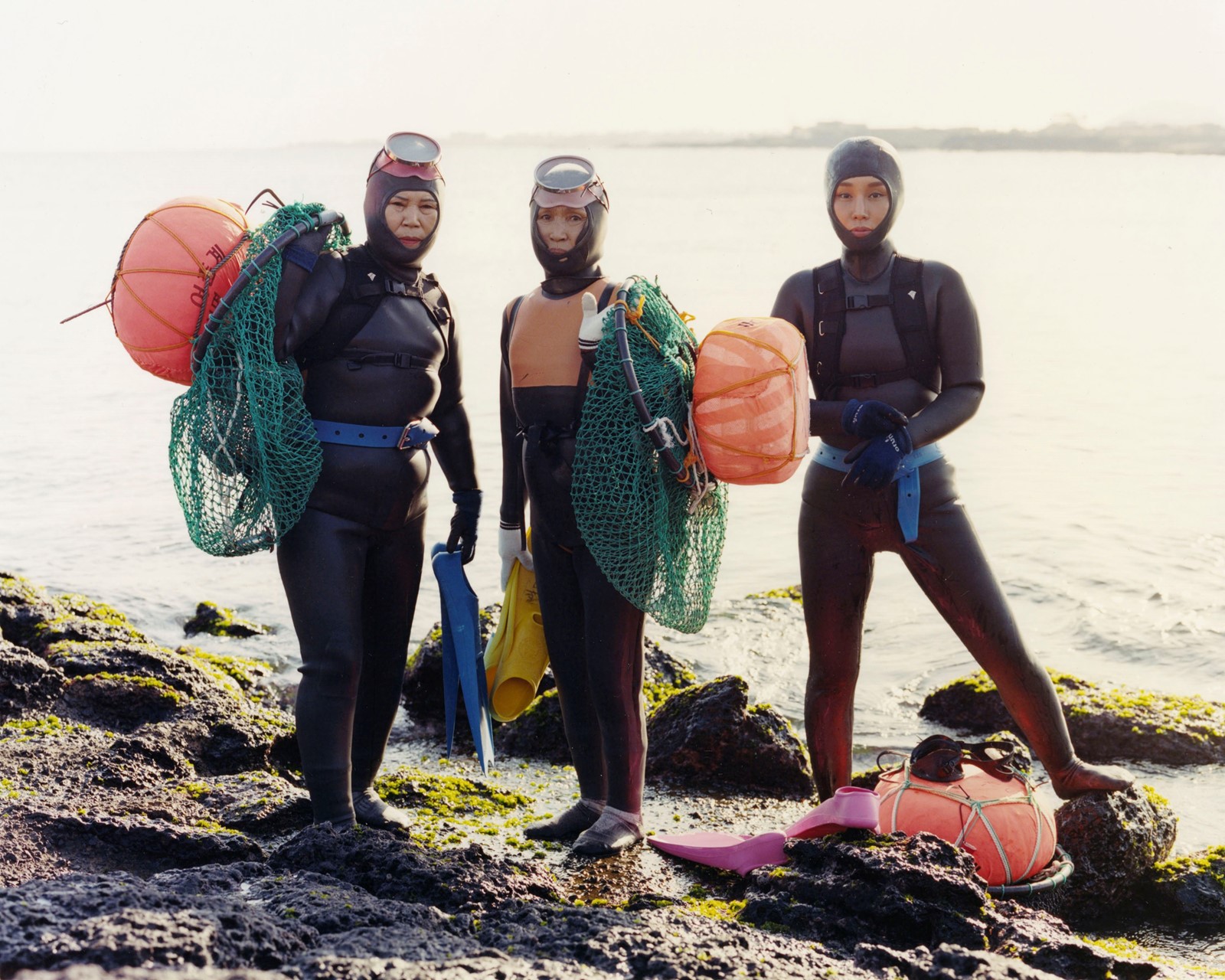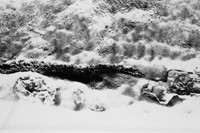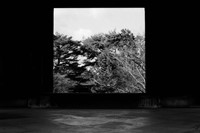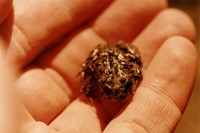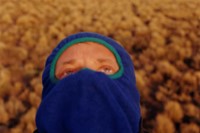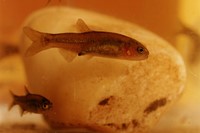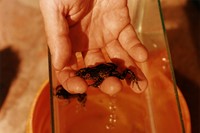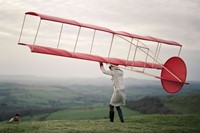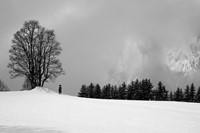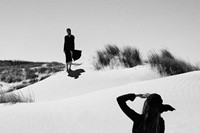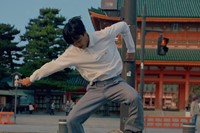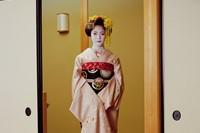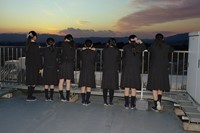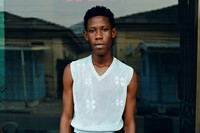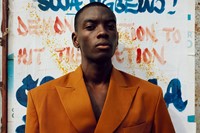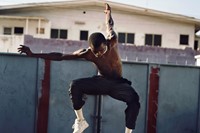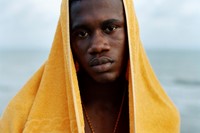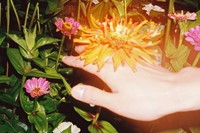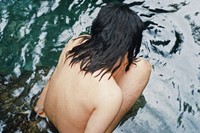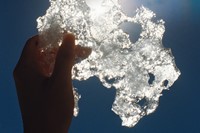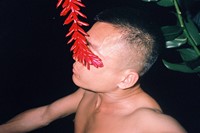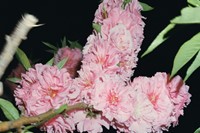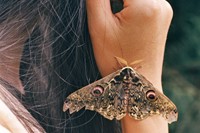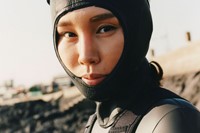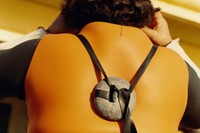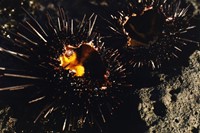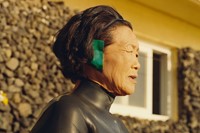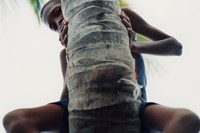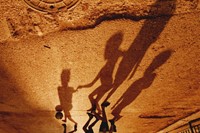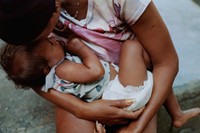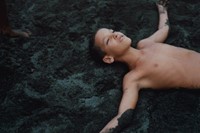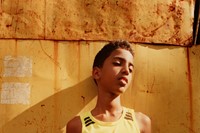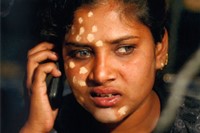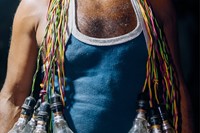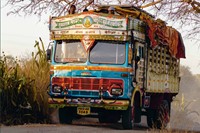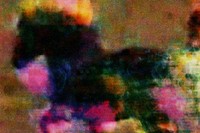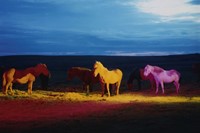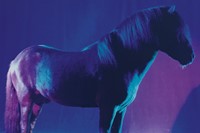As the year draws to a close, for many, the prevailing feeling is a profound mixture of outrage and grief. While this isn’t new, there is perhaps a sentiment and transformation that is also worth noting, namely, an awakening of consciousness towards a more substantive and inclusive dialogue rooted in liberatory praxis; one which has interconnectedness as its linchpin. At this juncture, photography becomes vital in showing us what we otherwise wouldn’t see: the seemingly disparate stories of life so unlike our own, shot thoughtfully, peer back at us, showing parts of ourselves in the other.
In this light, each of the photo stories below carries a more urgent resonance as we transition into the new year, from Peter Ash Lee’s uncovering of Jeju Island’s stoic group of women divers to Abhishek Khedekar’s nomadic journey through India alongside a Maharashtrian Tamasha troupe to Coco Capitán’s portraits of Kyoto’s adolescence. All of these ten photography projects from around the world allow us to pause and consider what we all too often forget: collective humanity.
Hello Japan by Sergei Pavlov
Fatigued from a year of hard work, Sergei Pavlov entered 2023 with the kind of spontaneity most only dream of: he booked a one-way ticket to Japan armed with almost nothing but his camera. There, the Russian-Finnish photographer unmoored dichotomies of intimacy and sexual desire, discovering love, loss and yearning along the way; sentiments, which are made unavoidable in his deeply introspective photo project, Hello Japan, published exclusively on AnOther. “The photographs are all symbols. There’s staircases, there’s reflections, people together, people alone, there’s the beautiful bodies, but then there’s the faces, the connections and the touch of the skin.” He explains. “It’s trying to understand how I relate to the world – what’s my place?”
Read AnOther’s interview with Sergei Pavlov here.

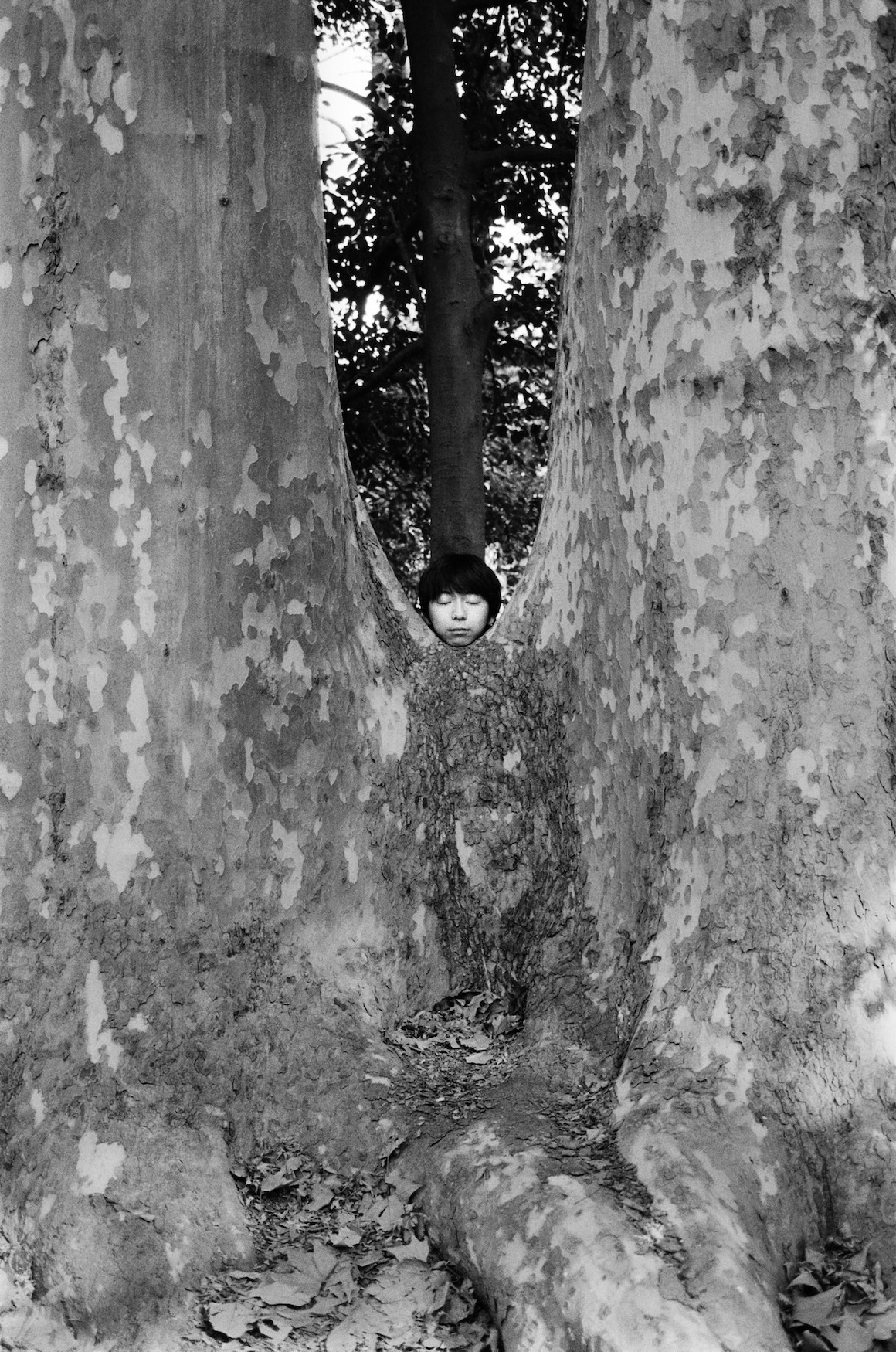
Ciento por Ciento by Colin Dodgson
Ciento por Ciento, Colin Dodgson’s new photo book, injects a sense of joy into the often sombre discourse surrounding environmental conservation. Shot in Patagonia, South America, the photographer reminds us that humans aren’t inherently at odds with nature, and the project is as refreshing as it is poignant. “What I’d like to do is uplift people and show them that it’s fun and exciting and the world is incredible, and it’s there to be experienced,” he explains. “That’s also a part of raising awareness: a sense of hope through happiness.”
Read AnOther’s interview with Colin Dodgson here.
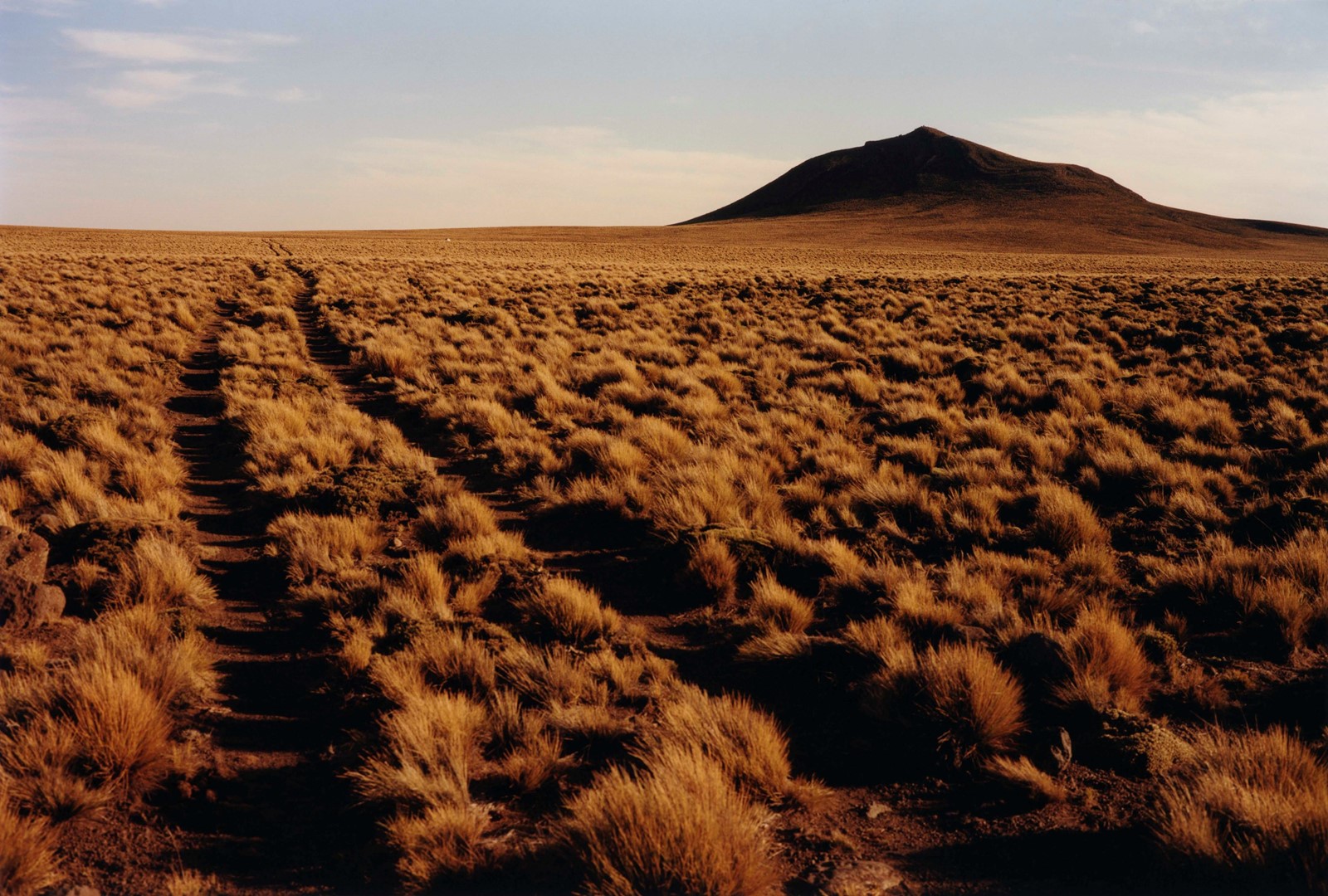
Ein Tir by William Waterworth
Combing through the sanctum of the V&A’s National Art Library, Wiliam Waterworth’s new solo exhibition, Ein Tir, began, as many great journeys do, with a few stories and an itch to leave the safety of familiarity in search of something wilder. Inspired by the legacy of Julia Margaret Cameron, Thomas Mann’s The Magic Mountain, and Jacque Henrie Lartigue’s aerial escapades, Waterworth embarked on three separate pilgrimages across the Isle of Wight, the Alps, and England’s south coast. The result is an immersive cinematic world that conjures up a timelessness reminiscent of Caspar David Friedrich’s romanticism.
Read AnOther’s interview with Wiliam Waterworth here.
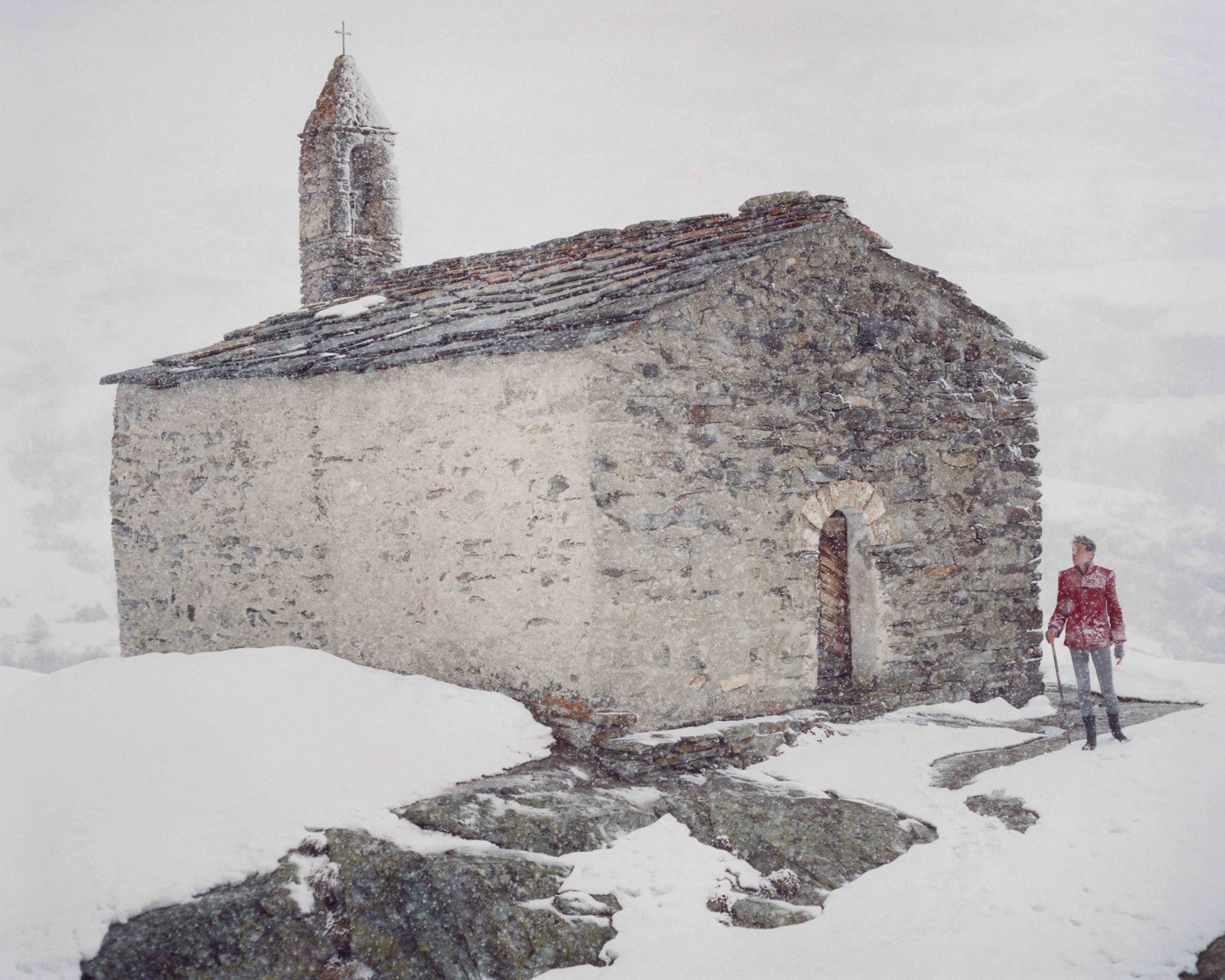
Ookini by Coco Capitán
In her latest series, Ookini, meaning ‘thank you’ in the Osaka dialect, self-proclaimed ‘shy photographer’ Coco Capitán follows Kyoto’s young monks, maiko students and skaters in the cathartic throes of adolescence. Shot during her two-month residency at Kyotographie Festival’s headquarters, the ever-dextrous Seville-born artist provides a gentle commentary on the delicate balance between tradition and the contemporary, as well as the ways our communities shape who we are. “I wanted to come from the place of the observer and intervene as little as possible,” she says. Visiting as an outsider, Capitán’s practice boasts remarkable reverence and sensitivity as she pays homage to the bustling youth of one of Japan’s most ancient cities.
Read AnOther’s interview with Coco Capitán here.

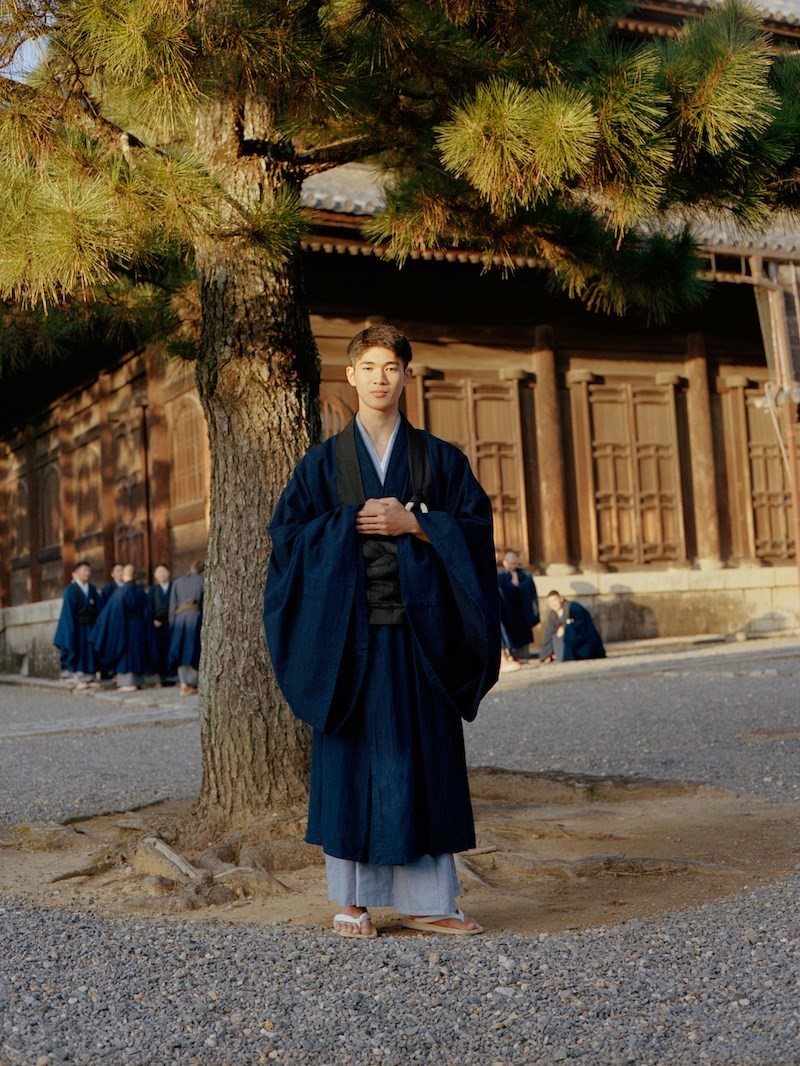
Good News by Kyle Weeks
Riddled with a problematic history, ethnographic photography must be approached, at all times, with respect, empathy and humility. After spending six years photographing Ghana as an ‘insider-outsider’ in his new photo book, Good News, Namibia-born Kyle Weeks knows this well. “[I want] to photograph people in a way that also feels objective, in a way that they have also been given a space to really present themselves and represent themselves through my lens,” the photographer says. Named after the plastic bags seen all around Ghana, the work is dynamic, energetic and constantly in motion. While setting the standard all ethnographic photography should aspire to, the book ultimately gestures towards a future full of burgeoning creativity for Ghana’s youth.
Read AnOther’s interview with Kyle Weeks here.
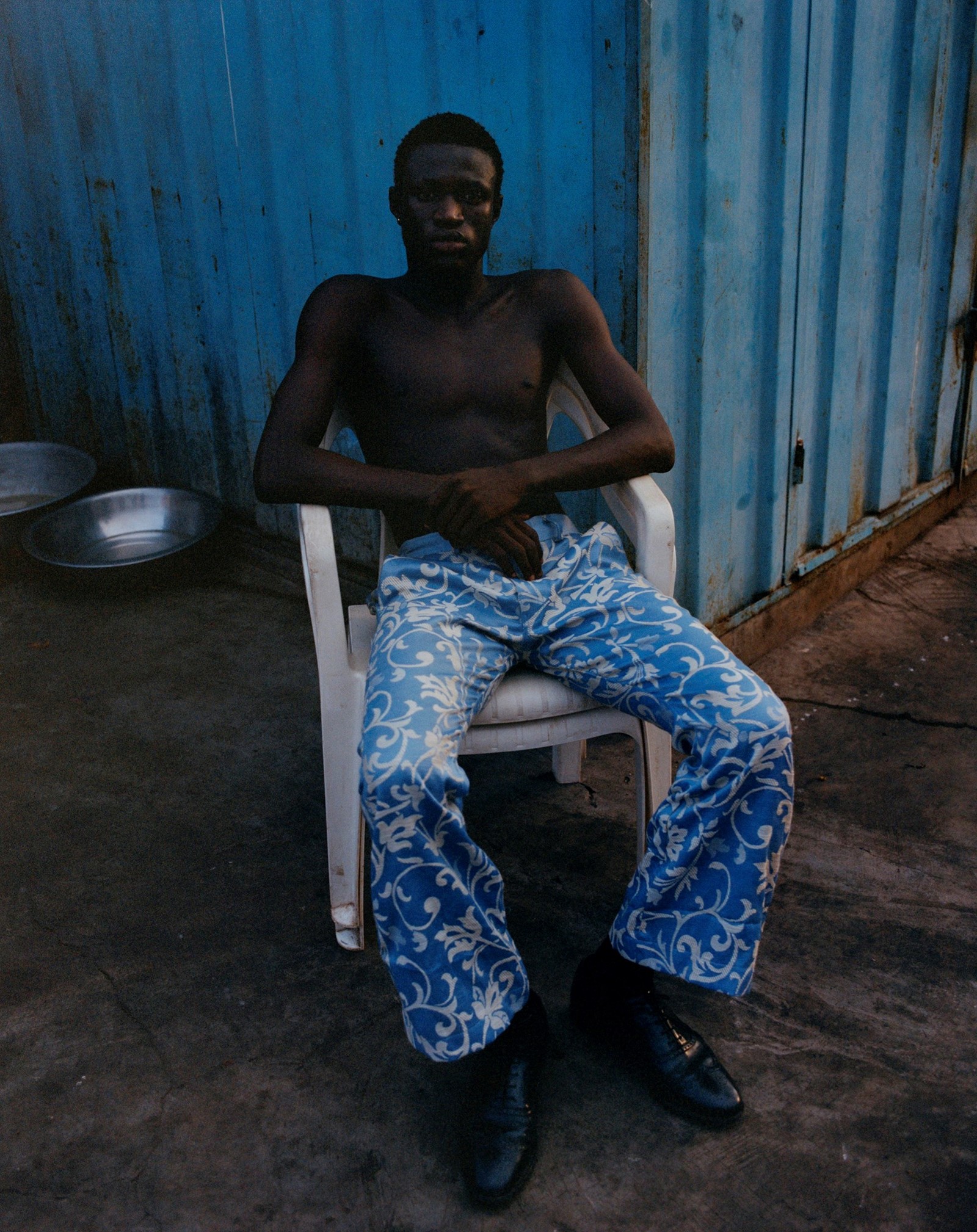
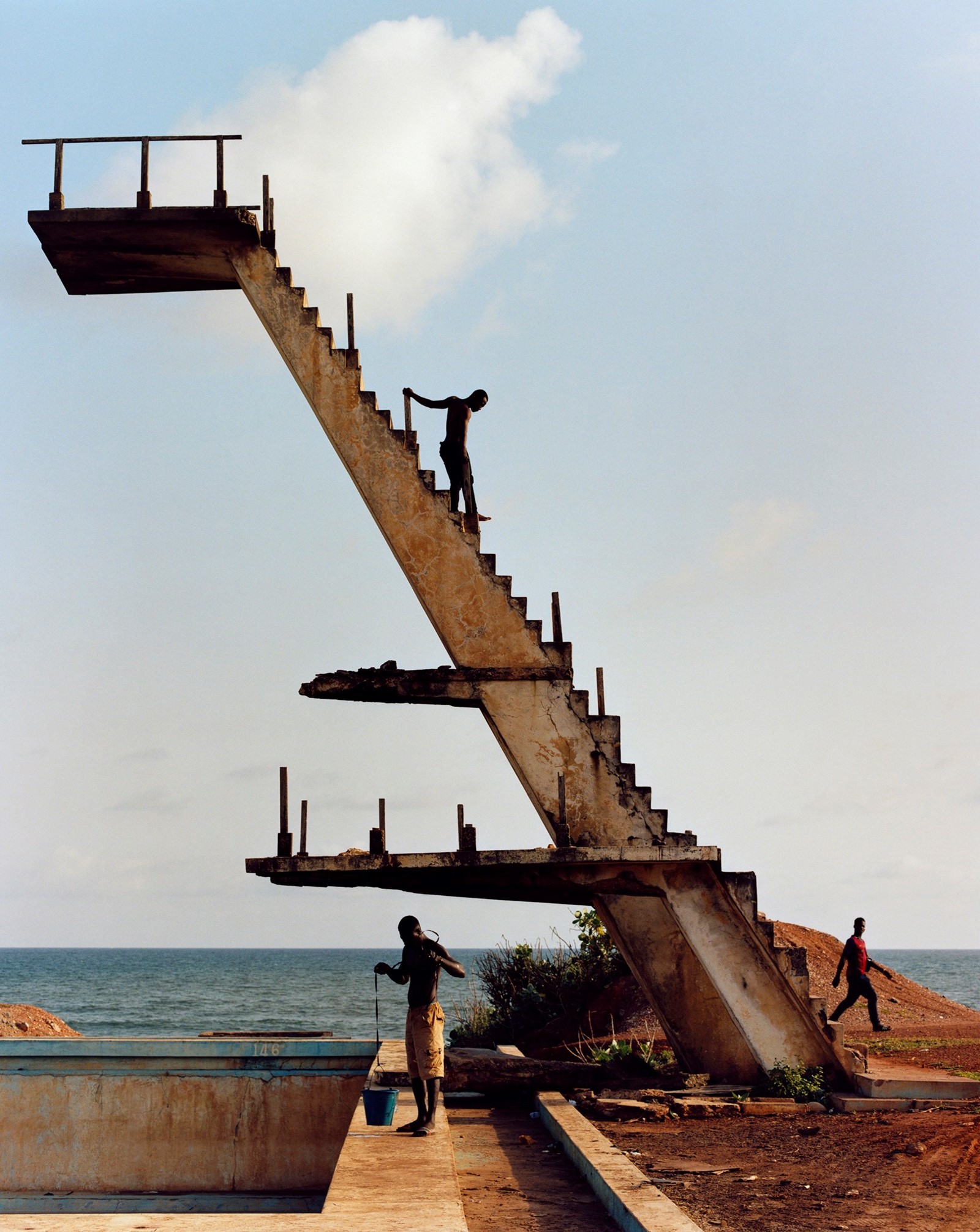
Skinny Wave by Lin Zhipeng
“While the body and sexuality have certainly been significant themes in previous publications, my camera captures more than just that,” says Lin Zhipeng. Best known by his internet pseudonym ‘No.223’, in his latest photo book, Skinny Wave, the Chinese photographer ushers us into an unexplored part of his universe. Moving beyond his trademark seduction to capture the subtler poetry of a 15-year journey across the globe, a more meditative and mysterious sensibility emerges. “Travelling – that bundle of sights, music, friends, conversations and memories – has truly nurtured my inner self,” he explains. Unfolding in shots that are aqueous, inquisitive and full of wanderlust, the book is perhaps best described as Zhipeng’s own love letter to the world and all its corners.
Read AnOther’s interview with Lin Zhipeng here.
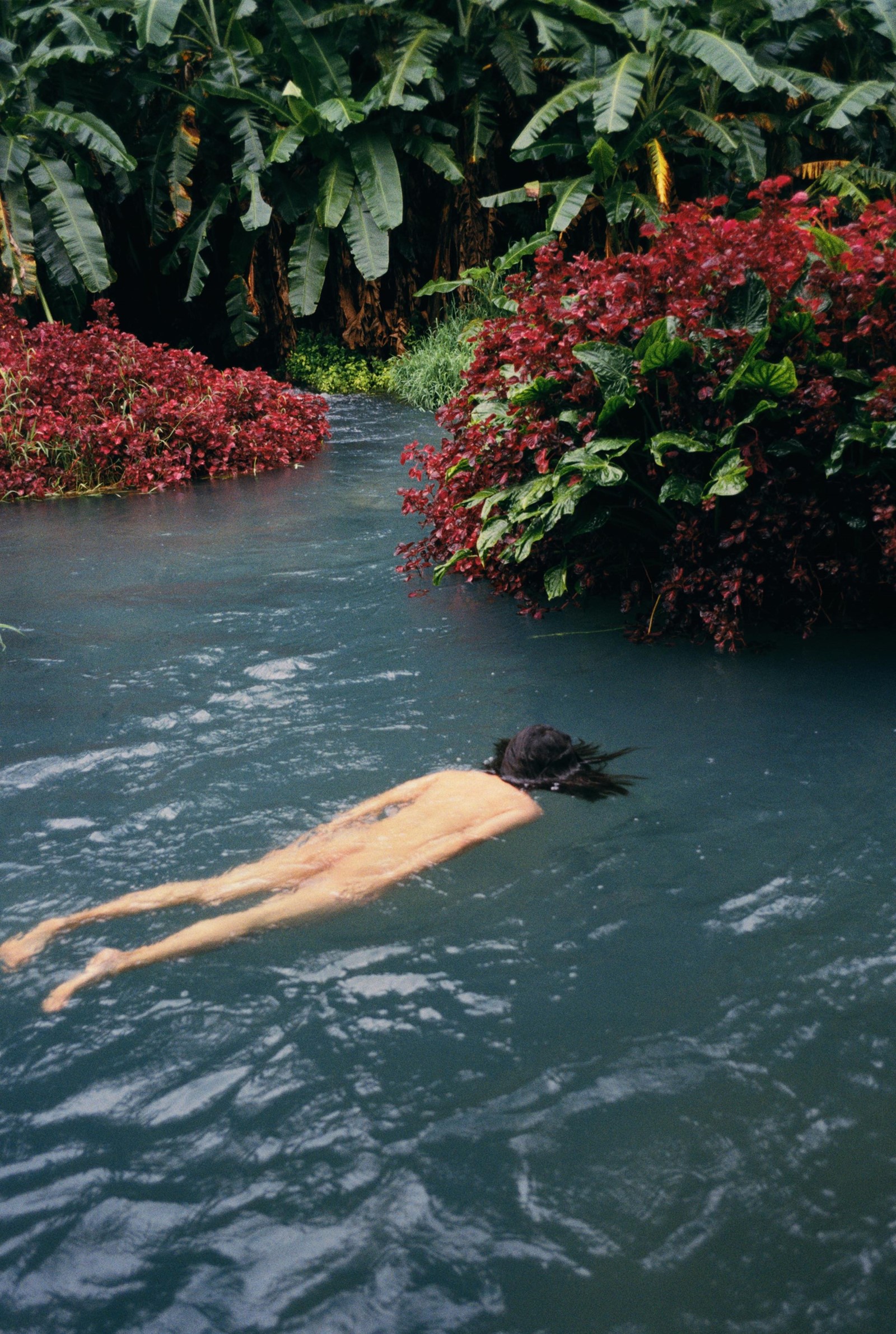
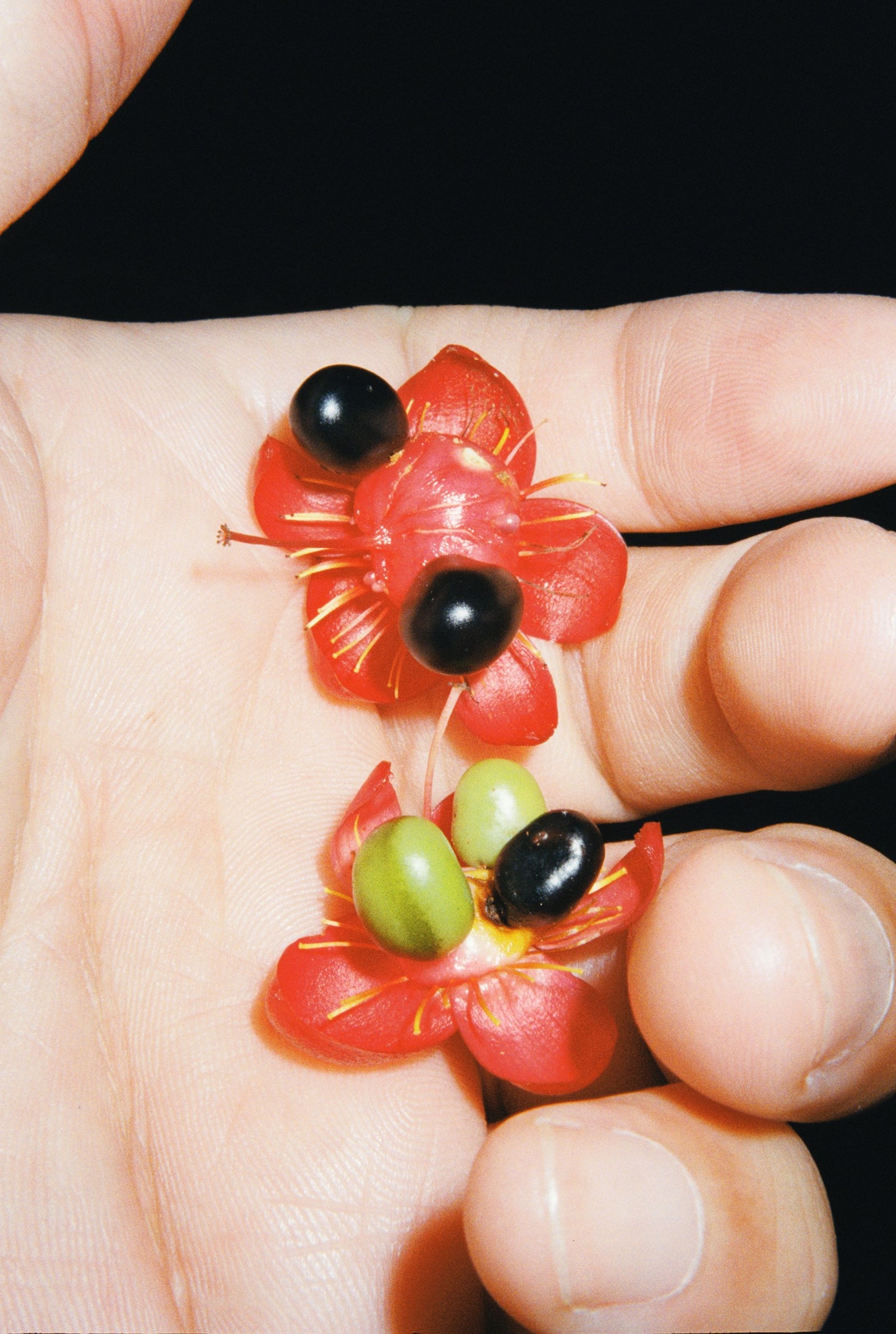
The Last Mermaid by Peter Ash Lee
In his debut photo book, The Last Mermaid, Peter Ash Lee captures the Haenyo, a waning community of women divers on Korea’s Jeju Island. Predominantly focused on fashion, Lee’s lens pivots, capturing the Haenyo’s centuries-old rhythm as it collides with the dangers of climate change – crafting a touching portrayal of their enduring spirit whilst navigating the ebb and flow of tradition and adaptation. “They free dive and don’t even use snorkels,” the Korean photographer says, recounting the women’s unwavering determination, “I was asking them: ‘Wouldn’t that make it easier to kind of scour the seafloor to see what you’re looking for?’ And one of the ladies told me: ‘Well, that would be cheating.’”
Read AnOther’s interview with Peter Ash Lee here.

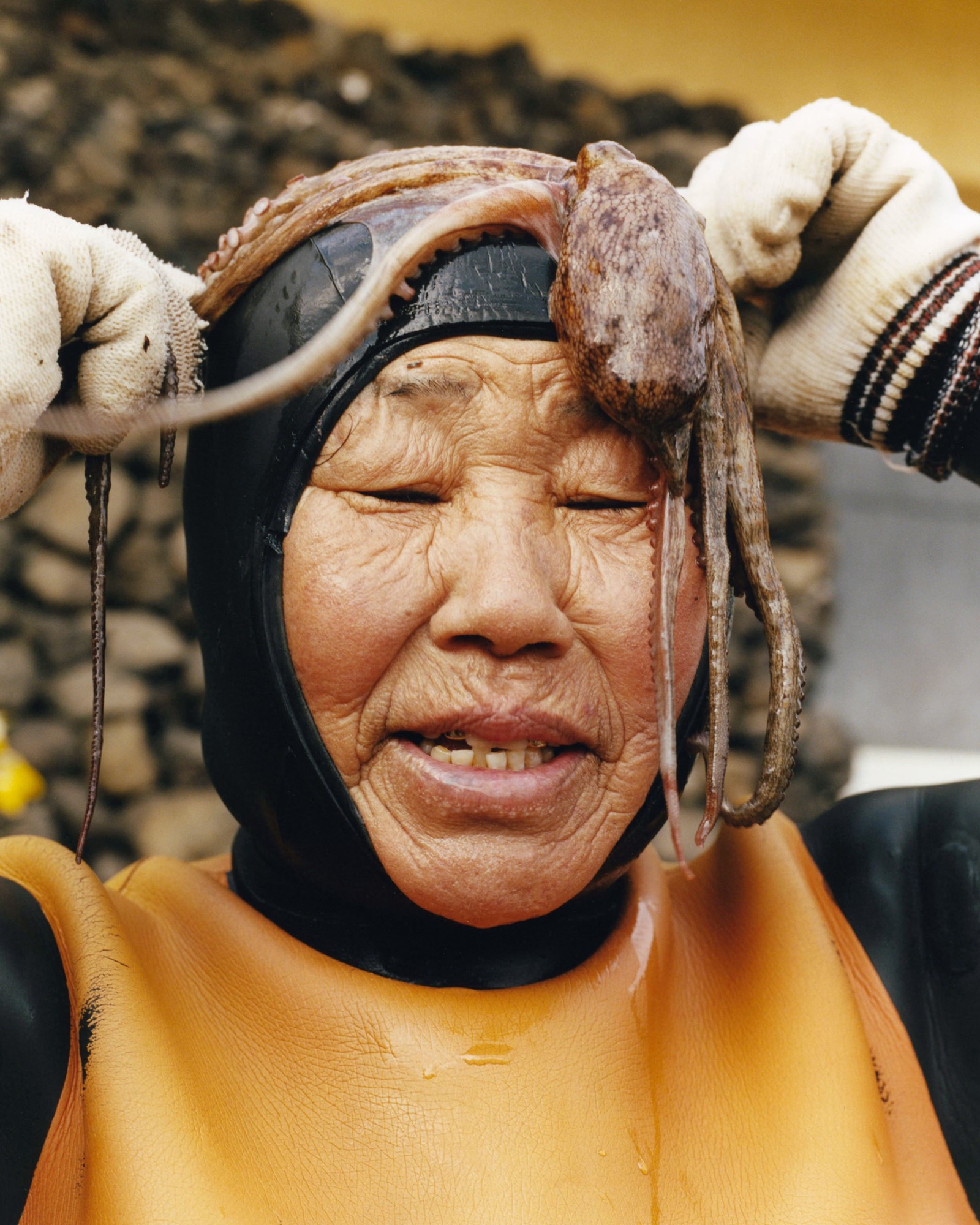
De Cara Al Sol by Diego Vourakis
Borrowing its title from José Martí’s poetic decree, “I am good, and like a good thing, I will die with my face to the sun!” De Cara Al Sol is photographer Diego Vourakis’ remarkable ode to Cuba’s radiance and tenacity. Bathed in familial warmth, the book is profoundly intimate, underscoring the connection Vourakis developed throughout the three years he spent shooting Cuban’s unwavering resilience. “This has definitely evolved into something deeper. It’s changed who I am, too,” he explains. In sincere gratitude to the island, 100 per cent of the profits from Vourakis’ book will go towards the purchase of medicines, vitamins and other essentials for families and children in Cuba.
Read AnOther’s interview with Diego Vourakis here.
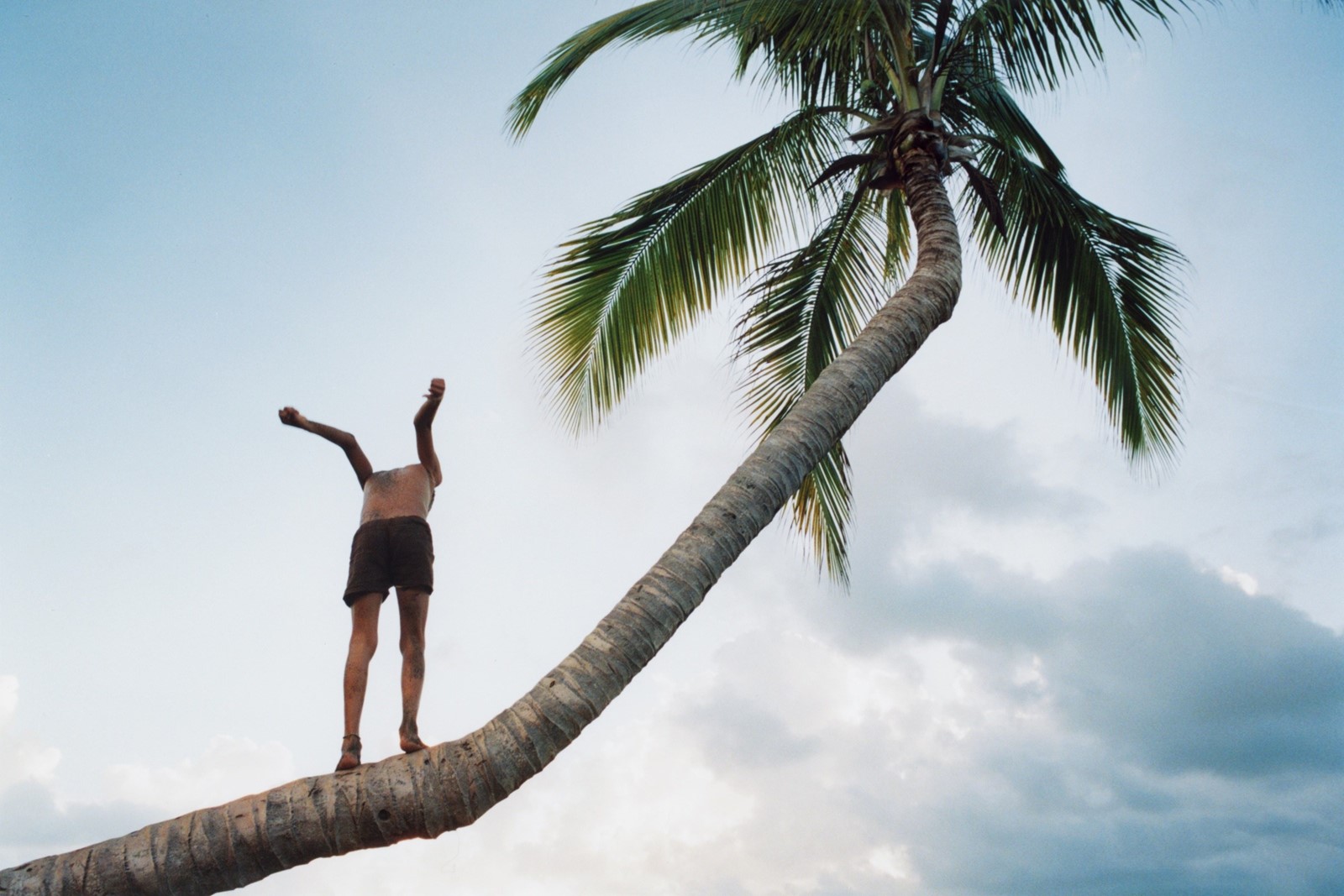
Tamasha by Abhishek Khedekar
In 2016, Abhishek Khedekar embarked on a nomadic journey alongside a Maharashtrian Tamasha troupe. Immersing himself in the pulsating world of folk performance, his months-long travels culminated in his new photo book, Tamasha, named after the group. “I felt a deep connection with the performers and would travel with them, talk to them about their lives, eat with them and sometimes even perform with them on stage,” Khedekar says. “For those months, I was part of Tamasha.” Indeed, the book echoes the Indian photographer's immersion in the troupe; the images, saturated with vibrant stage lights and adorned ankles, transcend mere documentation. Instead, Khedekar captures “the magic of each performance – the energy, the vibrance, and the fanfare” with poise.
Read AnOther’s interview with Abhishek Khedekar here.
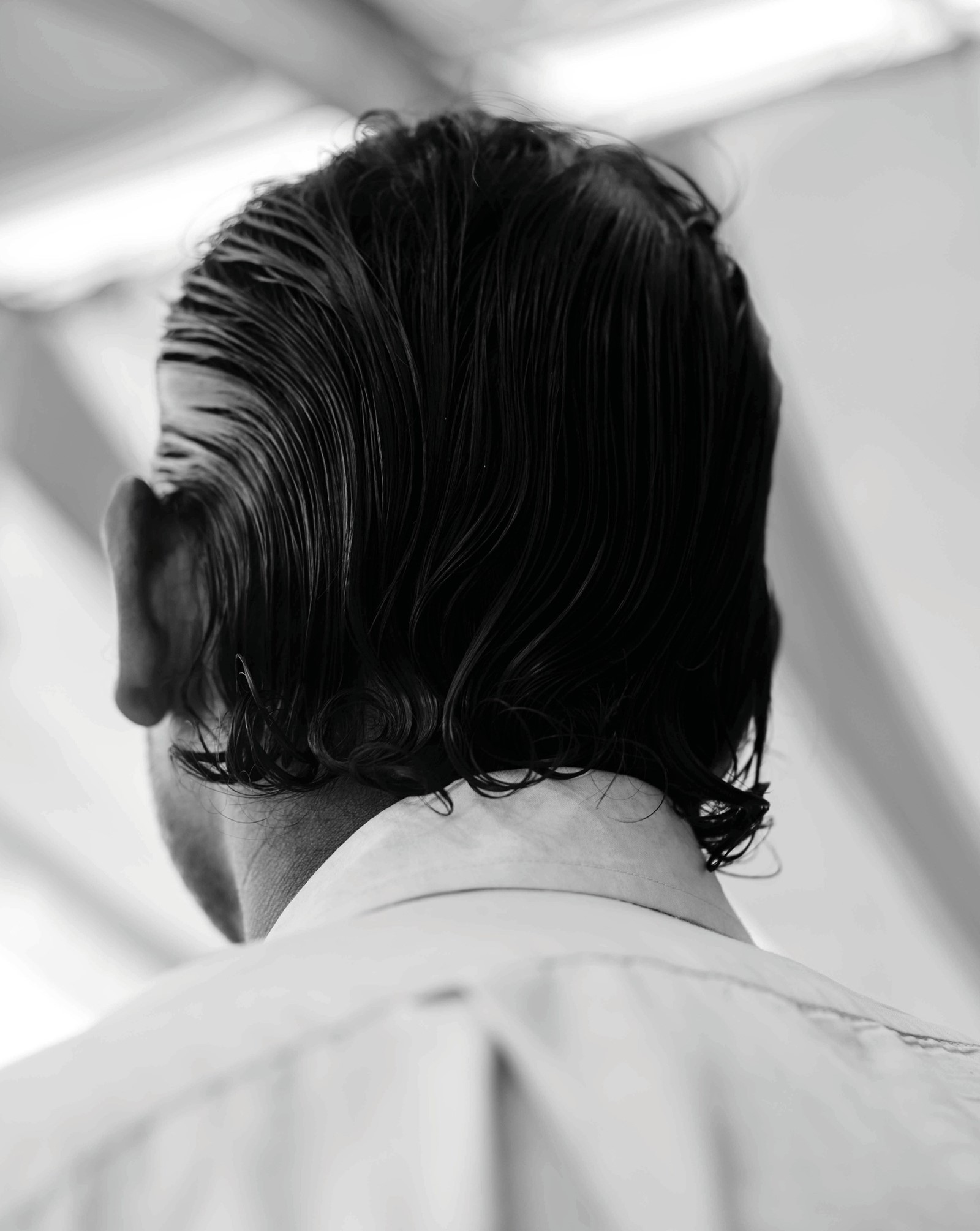
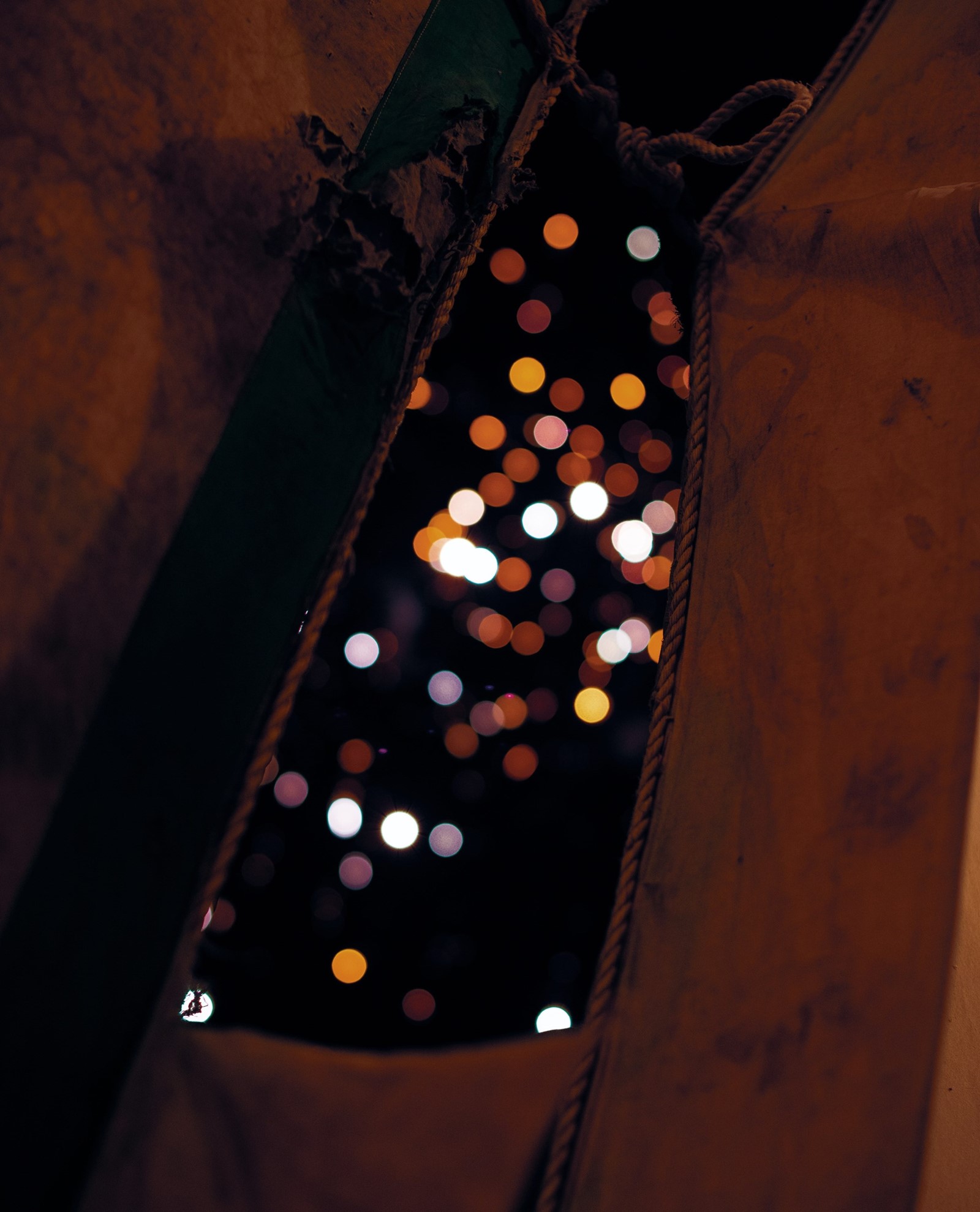
The Horses by Gareth McConnell
“We were in the middle of nowhere … It was far from being an easy experience, but somehow something magical came out of the project,” says Gareth McConnell. For his New York Times-commissioned project, The Horses, he scoured the depths of Iceland’s equine realms. In a nod to acid rave culture, the series is awash in neon-yellows, acid-greens and hot-pinks as McConnell delves into the unpredictability of light in film, highlighting a practice that is as wild and untamed as his animal subjects. Like his previous work in flower imagery, however, the work offers more than just aesthetic pleasure, evoking the horse as a meaningful symbol of power and an ominous harbinger of environmental turmoil.
Read AnOther’s interview with Gareth McConnell here.

